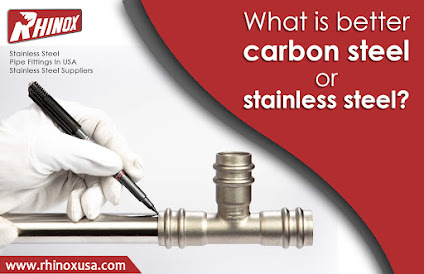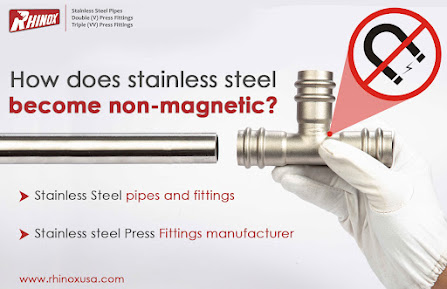Copper pipe vs stainless steel pipe
As both stainless steel plumbing and copper
are ideal for environments both indoors and outdoors, they exhibit excellent
durability over time. Industrial piping, as well as other applications, can be
made with these two metals due to their unique functional properties and
features.
Copper piping can either be drawn or annealed and is
typically made from almost pure or pure copper. Common methods of joining
copper tubing include brazing, soldering, and fittings with flanges and flares.
Pressure fitting is another option, without the need for hot works or
specialized labor.
In a contrast, stainless steel water pipe consists of
diverse alloys containing 12 to 30 percent chromium, which shields them from
corrosion as long as their concentration is higher than 12 percent. Stainless
steel and copper share some characteristics, but they have many differences
worth examining.
Resistant to
corrosion
Piping systems with corrosion resistance do not
corrode either from the fluids flowing through them or from external forces. It
may be either localized or generalized.
A passive chromium oxide layer forms on the surface
of stainless steel pipes to protect them from corrosion. It is particularly
effective against stress corrosion caused by chlorides.
Carbon dioxide, sulfur dioxide, and
hydrogen sulfide, on the other hand, tend to corrode copper pipes quickly. Internal copper piping can be corroded by acidic
environments. Copper poisoning and water discoloration can be caused by this.
Amount of water
flowing
A pipe's dimensions and smoothness usually affect
the flow rate of fluids through it. The roughness of copper piping affects the
flow of water and other fluids, as shown by comparing it to steel piping. A stainless
steel plumbing fitting, in comparison, provides a greater flow rate
without the risk of rusting and leakage.
Toughness
Stainless steel has a tensile strength that is 2.5
times greater than copper and conducts stress and strain attacks far better
than copper. Considering that copper pipes have a relatively weak structure,
any external forces may result in cracks and leaks.
The conductivity of
heat and electricity
Heating and electrical current are well conveyed by
steel. Heat exchanges are often made of copper, which is a great conductor of
heat and electrical energy.



Comments
Post a Comment